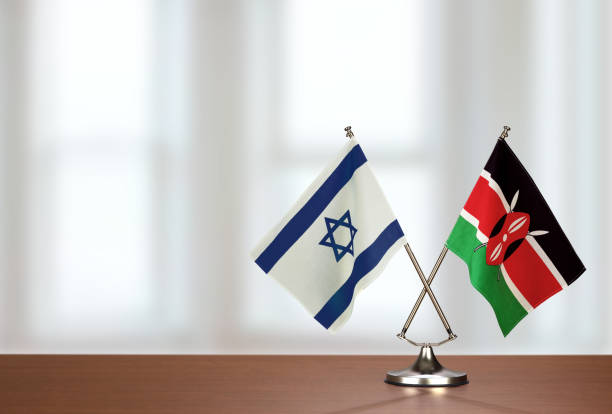African kitenge designs for ladies have gained immense popularity in the fashion world. This...
Kenya
In 2024, linking PayPal to M-PESA has become a crucial step for many individuals...
Renting out a property on Airbnb in Kenya may seem like an attractive opportunity...
Kenya’s relation with Israel has evolved significantly over the decades, characterized by moments of...
Mazingira Day in Kenya is an important observance dedicated to raising awareness about environmental...
Deputy President Rigathi Gachagua has been at the center of a heated political storm,...
Introduction Nyati House, located along Loita Street in Nairobi, holds a notorious reputation as...
As smartphone technology evolves, finding a quality device at an affordable price has become...
The vibrant and eclectic world of 90s fashion holds a special place in the...
The Social Health Authority (SHA) in Kenya plays a crucial role in managing the...















